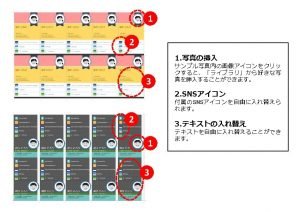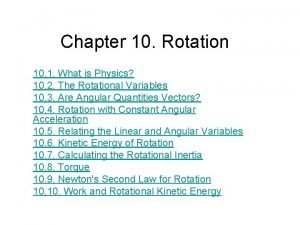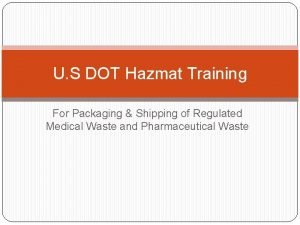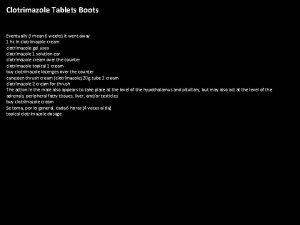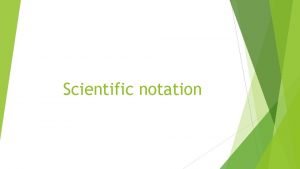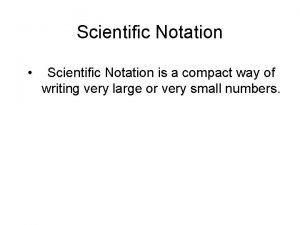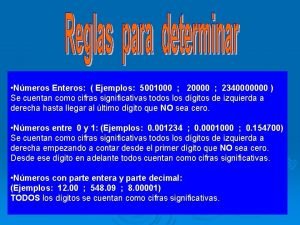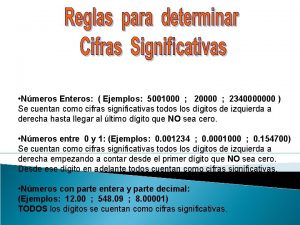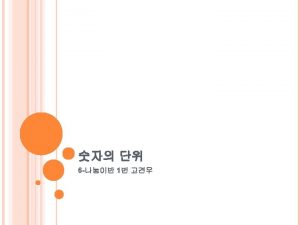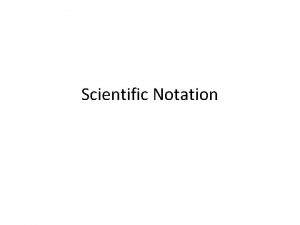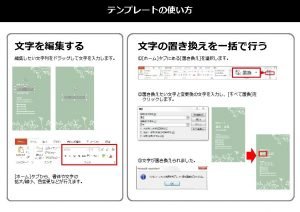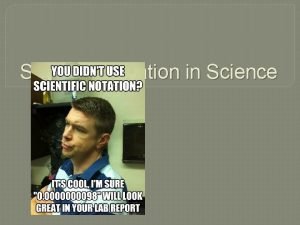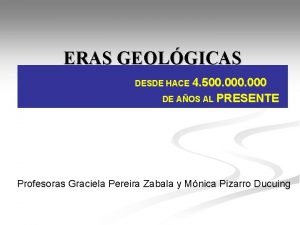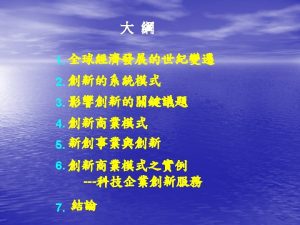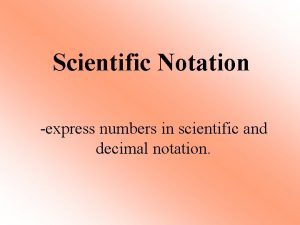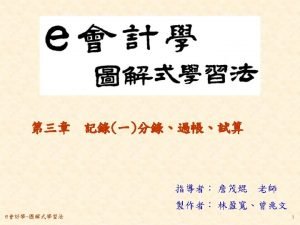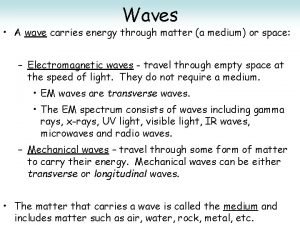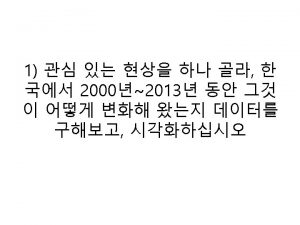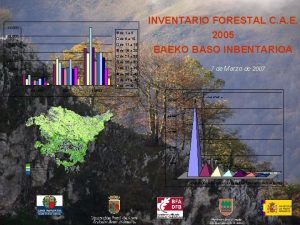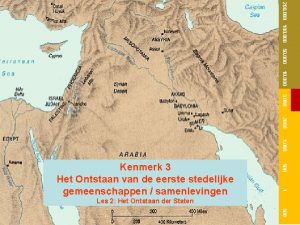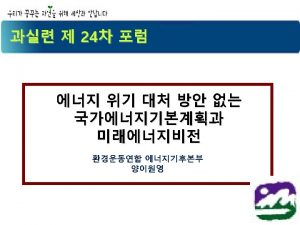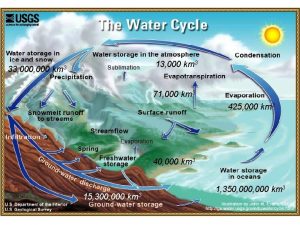Over 37 000 falls require medical treatment world





































- Slides: 37

Over 37, 000 falls require medical treatment world wide each year! r e k or ATLANTA -- A w n worker on io t c a u r t f s o 5 billboard n n o 2 o r r c ear n be unk from e o o t t Turner Fie r n a Oc neb fall e ld fell d A i o H n fter h c w e c S r t-o his deat a K e O k a r e o d s h h w n n t e e n i v a o e i g d ice rutc t s n F a riday aftern i. t t m l s a o e n r o f g o o elling i on. P r t t s Ac s Sfa e ha eerr ndv afm t i die Sum ilding u i k a d l in M o r a e y 9 3 d as A 36 -year-old bridge worker fell to his death Thursday morning in north Toledo. b y r o t s e i f i t n e d i n e be. n i t r a M s i u Lo Contractor dies in accident at Port of West St. Mary after falling from a roof.

593 645 646 681 Nationally falls are the number 3 cause of unintentional deaths In construction it ranks second only to vehicle wrecks. 668

A hundred years ago falls were the leading cause of death in the construction industry Why is it now third on the list? • There weren’t as many bad drivers? • Safer use of buckets trucks. • Safer climbing methods. • Better pole climbing skills?

The NESC requires the employer to develop, implement and maintain an effective fall protection program. a. b. c. d. e. Training, retraining and paperwork. Equipment selection, inspection, etc. Structural design, integrity, anchor. . . Rescue plans and related training. Hazard recognition.

The employer shall develop and implement a policy. . . That emphasizes managements commitment. 2008, 593 workers died another 67, 510 were injured. These numbers represented a 20% Decrease over 2007. Are we really working safer in 2013.

3. 2. 1. 1 The employer shall provide time and resources. 3. 2. 1. 2 The employer shall appoint a program administrator. 3. 2. 1. 3 The employer shall identify and document fall hazards and eliminate or control those hazards.

Five (5) Standards were approved and effective November 24, 2007: ANSI Z 359. 0 – 2007(12) Definitions and Nomenclature Used for Fall Protection and Fall Arrest ANSI Z 359. 1 – 2007 Safety Requirements for Personal Fall Arrest Systems, Subsystems and Components ANSI Z 359. 2 – 2007 Minimum Requirements for a Comprehensive Managed Fall Protection Program ANSI Z 359. 3 – 2007 Safety Requirements for Positioning and Travel Restraint Systems ANSI Z 359. 4 – 2007(13) Safety Requirements for Assisted Rescue and Self-Rescue Systems, Subsystems and Components

An additional three (3) Standards are approved and effective Nov. 16, 2009: ANSI Z 359. 6 – 2009 Specifications and Design Requirements for Active Fall Protection Systems ANSI Z 359. 12 – 2009 Connecting Components for PFAS. ANSI Z 359. 13 – 2009 (13)Personal Energy Absorbers and Energy Absorbing Lanyards

Additional Standards are in the works

3. 2. 1. 4 Employers shall develop and maintain written fall protection and rescue procedures. . . 3. 2. 1. 5 Employers shall inform each authorized person of the fall hazard. . . 3. 2. 1. 6 Employers shall provide authorized persons with continuous fall protection at locations owned or operated by the employer. . .

1910. 269(g)(2)(i) Fall Protection equipment shall meet the requirements of Subpart M of Part 1926.

ANSI Z 359. 2 -2007 Min. Requirements for a Comprehensive Managed FPP. 1. Policies, Duties and Training 2. Fall Protection Procedures 3. Eliminating and Controlling Fall Hazards 4. Rescue Procedures 5. Incident Investigations 6. Evaluating Program Effectiveness

Some step ladder basics! Set it on level ground or level the ladder. Don’t set the ladder in front of doors. . Don’t over reach. . Don’t use a ladder in traffic. Don’t leave tools on a ladder. Don’t push or pull sideways. . One person at a time on a ladder. Don’t stand higher than the second rung. .

Some step ladder basics! Whenever possible; secure the ladder. Use a body belt with a secured ladder. Never use the op two rungs. Use three rungs above the roof line. Set at 75 degrees (1 in 4). Use clean, dry, proper footwear. Check the ladder before. . Keep your belt buckle between the rails.

On October 1 st 54 year-old Hector Castro, Jr. , died in a 30 foot fall. A spokesman in San Antonio stated that employees come in all sizes and abilities. . . ? What was the root cause of his fall during rescue training?

What was the root cause of Mr. Castro’s death? Human error? Infrequent use of climbing skills? Condition of modern utility poles? Improperly conditioned pole gaffs? Poor weather conditions? Out of condition for the task at hand?

1307 IEEE Standard for Fall Protection for Utility Work 6. 3. 2 Aerial Devices. . . A full body harness and a lanyard with an energy absorbing device shall be connected before raising the bucket. .

1307 IEEE Standard for Fall Protection for Utility Work Anchorages to which there is fall arrest equipment attached shall be capable of supporting at least 5, 000 lbs. person. At what height is PFP required here?

A typical PFAS may take 15 1/2 feet of space.

8. Training. . . Training shall be specific to the type of work being performed.

IEEE – 1307, 7. Rescue and escape Retrieval of a worker after a fall or escaping from an elevated position or aerial device is accomplished with available equipment. Aerial devices, cranes, hand lines, descent devices, or any other device capable of lifting or affording a path of safe travel to the worker shall be used.

Rescue and escape procedures shall be established that provide for the prompt rescue of a worker

Continuous Fall Protection

The equipment manufacturers shall furnish inspection and maintenance program recommendations to the purchaser.

cracks, sharp edges, deformation, corrosion, chemical attack, heating, alterations, wear.

Why were there 37, 000 fall-relate, treated injuries in the last year of record? Are new and improved PFP standards likely to stop the loss of life and serious injuries to our workers.


51 workers died in the Willow Island Disaster The Willow Island disaster is still considered the worst construction accident in U. S. history

over 1, 000 deaths amongst the 3, 000 men working from 1929 - 1932 The marker recognizes 109 worker deaths during the construction of Hawks Nest Tunnel.

OSHA Proposed Rule on Crystalline Silica 700 lives & prevent 1, 600 cases of silicosis per/yr.

Silica is silicon dioxide. Crystalline silica can be an aggressive, lung damaging dust. To get into the lungs and cause damage it must be respirable. Respirable crystalline silica (RCS) is <10 microns (μm) in diameter.

Healthy Lung Tissue Silicosis Acute silicosis Silicosis can lead to: Pulmonary Tuberculosis, Chronic obstructive pulmonary disease (COPD), (CAO), Emphysema (CAL), Lung Cancer, Renal (Kidney) Disease,

Simple silicosis over 10 to 30 years. Complicated silicosis over 10 to 30 yrs. Accelerated silicosis over 5 to 10 years. Acute silicosis over 7 months to 5 years.

The proposed standard would require employers to measure the amount of silica that workers are exposed to if it may be at or above an action level of 25 μg/m 3 The study pictured here showed the worker exposed to approximately 80 milligrams per cubic meter of air TWA

APF 1000 APF 2 APF 10 APF 50

Major Provisions of the Proposed Construction Standard • Measure silica if it may be at or above 25 μg/m 3 TWA • Protect workers exposed above the PEL of 50 μg/m 3, TWA • Limit workers' access to areas above the PEL; • Use dust controls • Provide respirators • Offer medical exams with X-rays & lung function tests-every 3 years if exposed for 30 days • Train workers on work operations that result in silica exposure and ways to limit exposure; and • Keep records of workers' silica exposure and medical exams.

 97 700 000 000 000 000 000 000 in scientific notation
97 700 000 000 000 000 000 000 in scientific notation Express 602200 in scientific notation.
Express 602200 in scientific notation. 71 000 in scientific notation
71 000 in scientific notation 0,000 0,000 0,000
0,000 0,000 0,000 A rigid sculpture consists of a thin hoop
A rigid sculpture consists of a thin hoop Mystericycle training
Mystericycle training Antifungal tablets boots
Antifungal tablets boots 7 natural wonders of the world niagara falls
7 natural wonders of the world niagara falls Express 4,980,000, 000 in scientific notation.
Express 4,980,000, 000 in scientific notation. What is scientific notation
What is scientific notation 2,340,000,000
2,340,000,000 2340000000
2340000000 011 101 110
011 101 110 1000 10000
1000 10000 Standard form of 1234000
Standard form of 1234000 4 500 000 000
4 500 000 000 1 000 000 0000
1 000 000 0000 Mega micro nano
Mega micro nano 450 000 in scientific notation
450 000 in scientific notation 347 000 in scientific notation
347 000 in scientific notation 1 600 000 000
1 600 000 000 1,000 x 3,000
1,000 x 3,000 4 500 000 000
4 500 000 000 4 500 000
4 500 000 4 500 000 000
4 500 000 000 240 000
240 000 27x10^3 in scientific notation
27x10^3 in scientific notation Pedipalpos quelados
Pedipalpos quelados 60 000 000
60 000 000 4 000 000
4 000 000 The inca built over 15 000 miles
The inca built over 15 000 miles Tomorrow is jill's birthday she is excited
Tomorrow is jill's birthday she is excited Over the mountain over the plains
Over the mountain over the plains Siach reciting the word over and over
Siach reciting the word over and over Handing over and taking over the watch
Handing over and taking over the watch New world beginnings 33 000 b.c.-a.d. 1769 answers
New world beginnings 33 000 b.c.-a.d. 1769 answers Transverse waves move perpendicular
Transverse waves move perpendicular Carries energy through matter
Carries energy through matter



